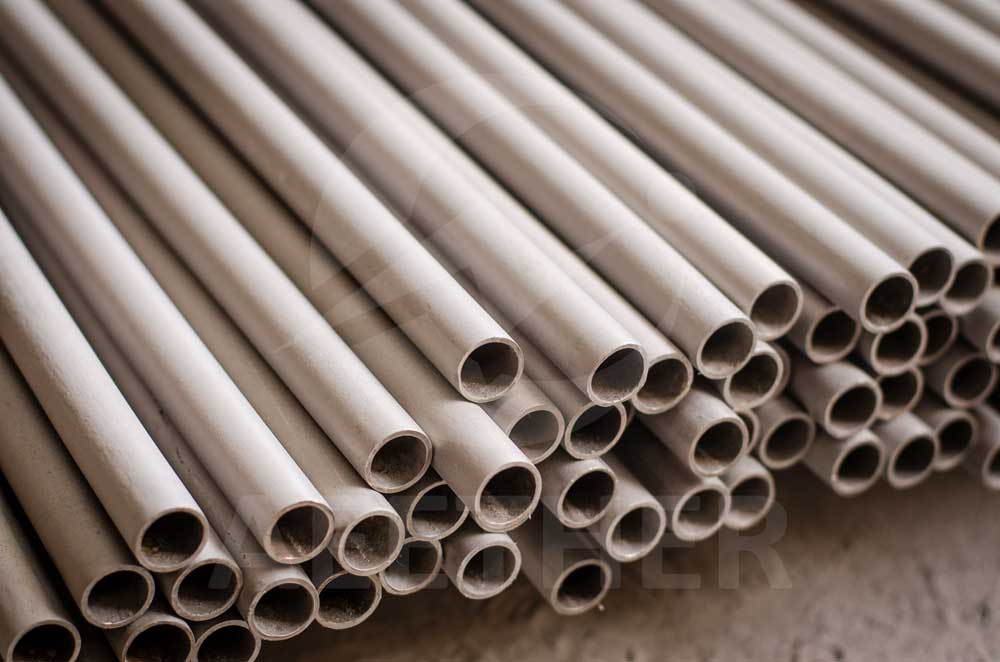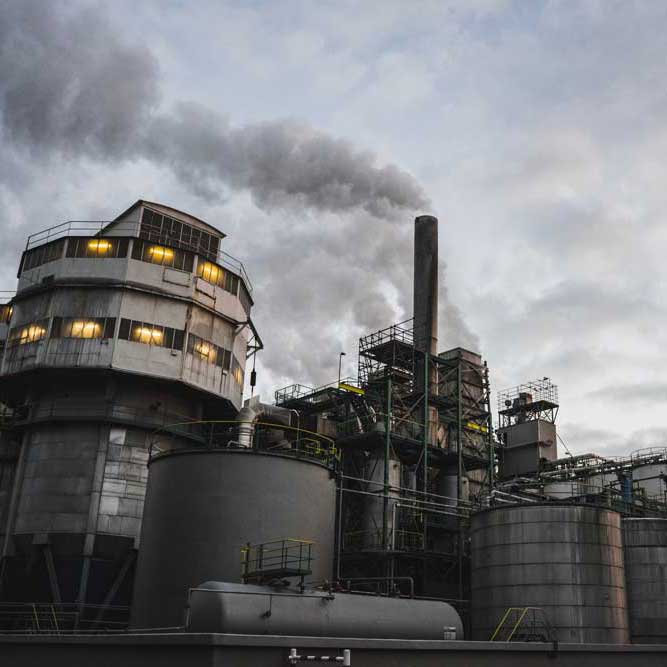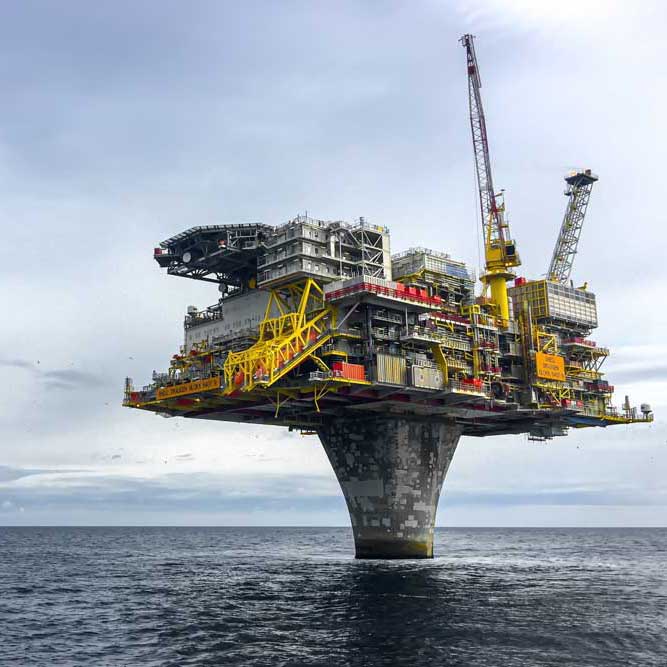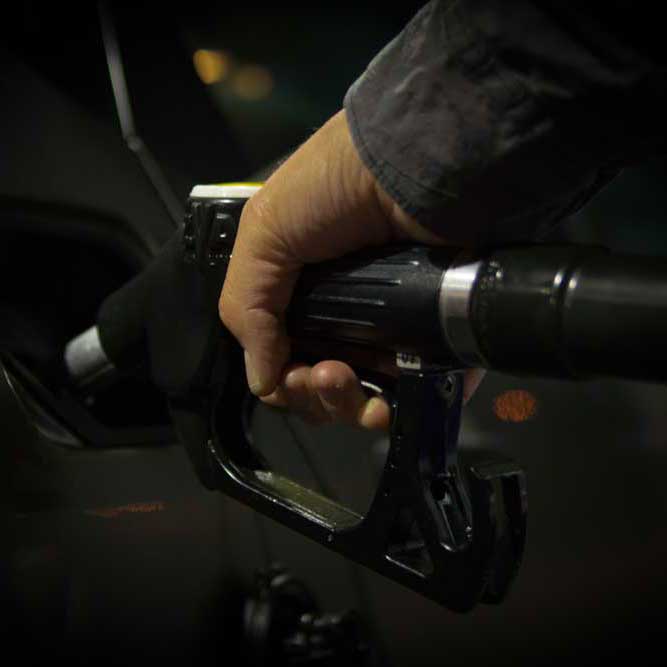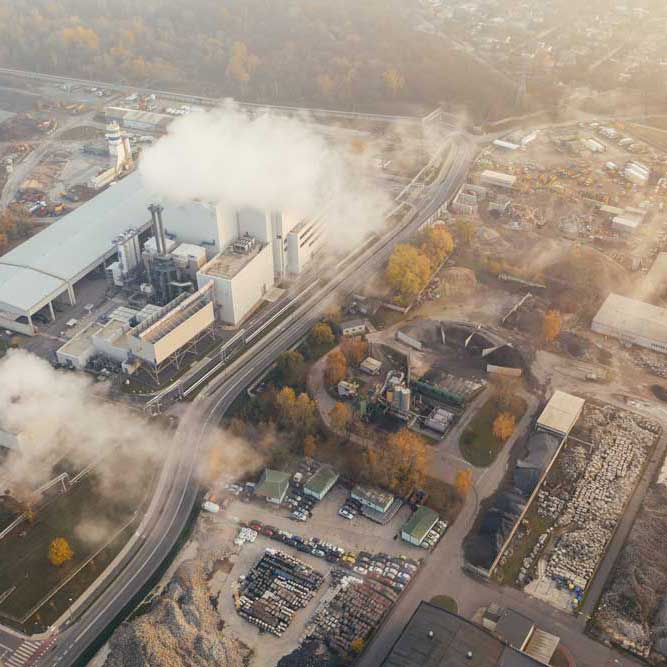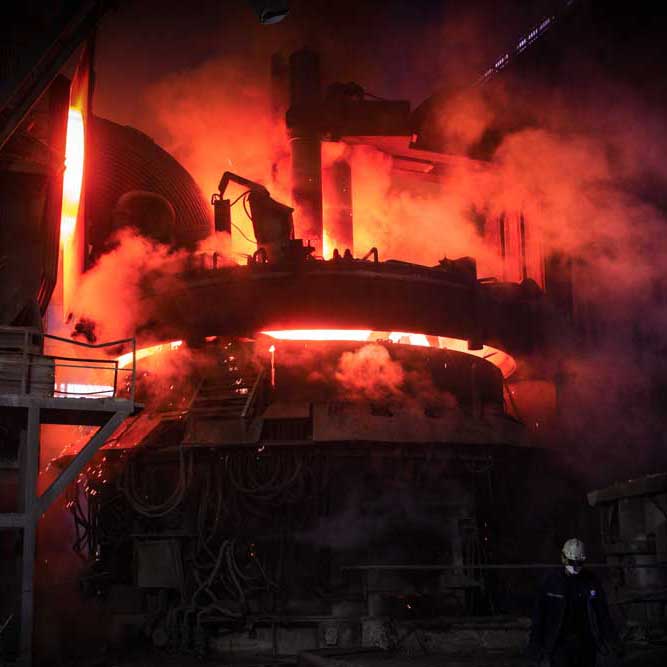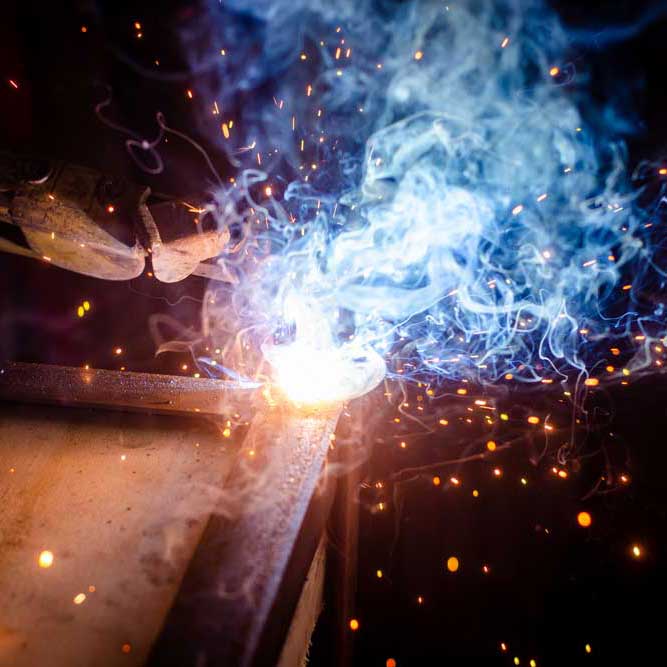Hastelloy Alloy
B-3
Hastelloy B-3 Introduction

Solid Solution
Strengthened Alloy
Resistance
Behavior
Overview
As a leading supplier & manufacturer in China, AEETHER supply cost-effective Hastelloy B-3 Products.
HASTELLOY® B-3® alloy (UNS N10675) exhibits extremely high resistance to pure hydrochloric, hydrobromic, and sulfuric acids. Furthermore, it has greatly improved structural stability compared with previous B-type alloys, leading to fewer concerns during welding, fabrication, and service.
Like other nickel alloys (in the mill annealed condition), it is ductile, can be formed and welded, and resists stress corrosion cracking in chloride-bearing solutions. Also, it is able to withstand fluoride-bearing media and concentrated sulfuric acid, both of which result in damage to zirconium alloys. It is used in numerous chemical process industry (CPI) applications, especially in the construction of reaction vessels for pure, reducing acid service.
The molybdenum content of the nickel-molybdenum (B-type) alloys is such that there is a strong tendency for phases other than the desirable (face-centered cubic) gamma phase to form in the microstructure, particularly in the temperature range 500°C to 900°C. The most deleterious of these alternate phases is Ni4Mo, which forms quickly at certain temperatures, affects ductility, and reduces resistance to stress corrosion cracking.
The chief attribute of B-3® alloy, as compared with other modern B-type materials, is its greatly improved structural stability (in particular its reduced susceptibility to Ni4Mo). The time-temperature-transformation diagram shown above illustrates the advantages of B-3 alloy over its predecessor (B-2 alloy). Whereas B-2 alloy suffers from the rapid formation of Ni4Mo at around 750°C, it takes several hours (at around 650°C), to induce deleterious second phases in B-3® alloy. This is due to the judicious use of minor elements and a shift in the molybdenum content, to induce the slowly-forming Ni3Mo instead.
Iso-Corrosion Diagrams
Each of these iso-corrosion diagrams was constructed using numerous corrosion rate values, generated at different acid concentrations and temperatures (up to the boiling point). The blue line represents those combinations of acid concentration and temperature at which a corrosion rate of 0.1 mm/y (4 mils per year) is expected, based on laboratory tests in reagent grade acids. Below the line, rates under 0.1 mm/y are expected. The red line in the sulfuric acid diagram indicates the combinations of acid concentration and temperature at which a corrosion rate of 0.5 mm/y (20 mils per year) is expected. Above the red line, rates over 0.5 mm/y are expected. Between the blue and red lines, corrosion rates are expected to fall between 0.1 and 0.5 mm/y. These diagrams do not predict the corrosion rates above the boiling point curves.
Hastelloy B-3 Chemical Composition
Try our Premium Products








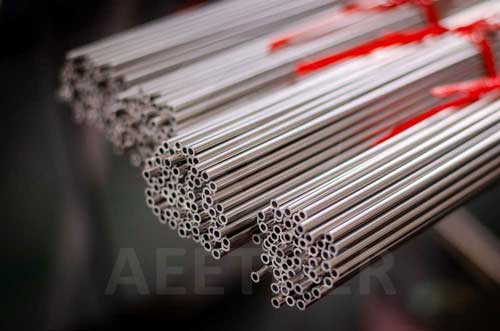




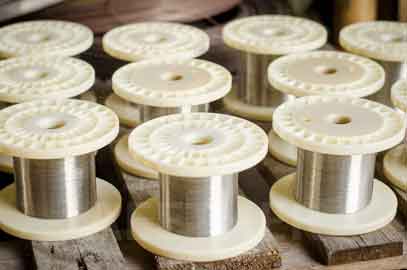







Hastelloy B-3 Standards
Data Sheet
Physical Properties
| Density | g/cm3 | 9.22 | |
|---|---|---|---|
| lb/in.3 | 0.333 | ||
| Melting Range | °F | 2500 - 2585 | |
| °C | 1370 - 1418 | ||
Mechanical Properties
| Form | Thickness | Test Temperature | Yield Strength (0.2% Offset) |
Tensile Strength | Elongation | ||||
|---|---|---|---|---|---|---|---|---|---|
| in | mm | °F | °C | ksi | MPa | ksi | MPa | % | |
| Sheet | 0.125 | 3.2 | RT | RT | 61 | 421 | 125 | 862 | 53 |
| Sheet | 0.125 | 3.2 | 200 | 93 | 55 | 379 | 121 | 834 | 57 |
| Sheet | 0.125 | 3.2 | 400 | 204 | 47 | 324 | 110 | 758 | 60 |
| Sheet | 0.125 | 3.2 | 600 | 316 | 44 | 303 | 104 | 717 | 63 |
| Sheet | 0.125 | 3.2 | 800 | 427 | 42 | 290 | 102 | 703 | 62 |
| Sheet | 0.125 | 3.2 | 1000 | 538 | 39 | 269 | 98 | 676 | 59 |
| Sheet | 0.125 | 3.2 | 1200 | 649 | 46 | 317 | 104 | 717 | 56 |
| Plate | Multiple | RT | RT | 58 | 400 | 128 | 883 | 58 | |
| Plate | Multiple | 200 | 93 | 54 | 372 | 122 | 841 | 58 | |
| Plate | Multiple | 400 | 204 | 48 | 331 | 115 | 793 | 61 | |
| Plate | Multiple | 600 | 316 | 44 | 303 | 111 | 765 | 62 | |
| Plate | Multiple | 800 | 427 | 41 | 283 | 108 | 745 | 62 | |
| Plate | Multiple | 1000 | 538 | 40 | 276 | 106 | 731 | 62 | |
| Plate | Multiple | 1200 | 649 | 42 | 290 | 107 | 738 | 65 | |
Hastelloy B-3 Applications
Related Article
More Hastelloy Grades +
B
Si
Mn
Co
V
Fe
Mo
Cr
Ni
B-2
Mn
Co
Fe
Mo
Cr
Ni
B-3
Mn
Al
Ti
Co
V
W
Fe
Mo
Cr
Ni
C
Si
Mn
Co
V
W
Fe
Mo
Cr
Ni
C-4
Mn
Ti
Co
Fe
Mo
Cr
Ni
C-22
Co
V
W
Fe
Mo
Cr
Ni
C-22HS
Al
Cu
Co
W
Fe
Mo
Cr
Ni
C-276
Mn
Co
V
W
Fe
Mo
Cr
Ni
C-2000
Al
Cu
Co
Fe
Mo
Cr
Ni
G-3
Si
Mn
Cu
Co
W
Fe
Mo
Cr
Ni
G-30
Si
Mn
Cu
Co
W
Fe
Mo
Cr
Ni
G-35
Si
Al
Co
V
W
Fe
Mo
Cr
Ni
N
Si
C
Mn
V
W
Fe
Mo
Cr
Ni
S
Si
Al
Co
W
Fe
Mo
Cr
Ni
W
Si
C
Mn
Co
V
W
Fe
Mo
Cr
Ni
X
Si
C
Mn
Al
Co
Nb
W
Fe
Mo
Cr
Ni

